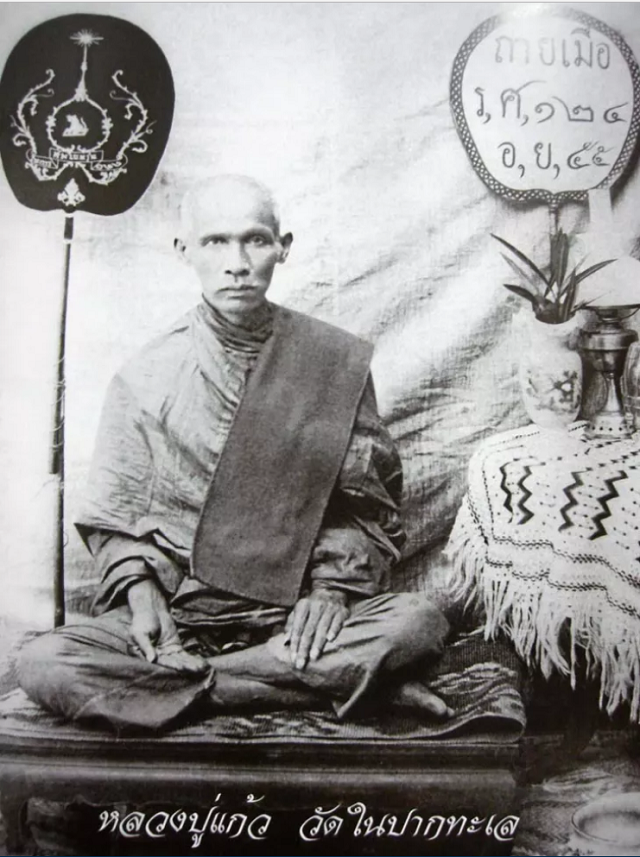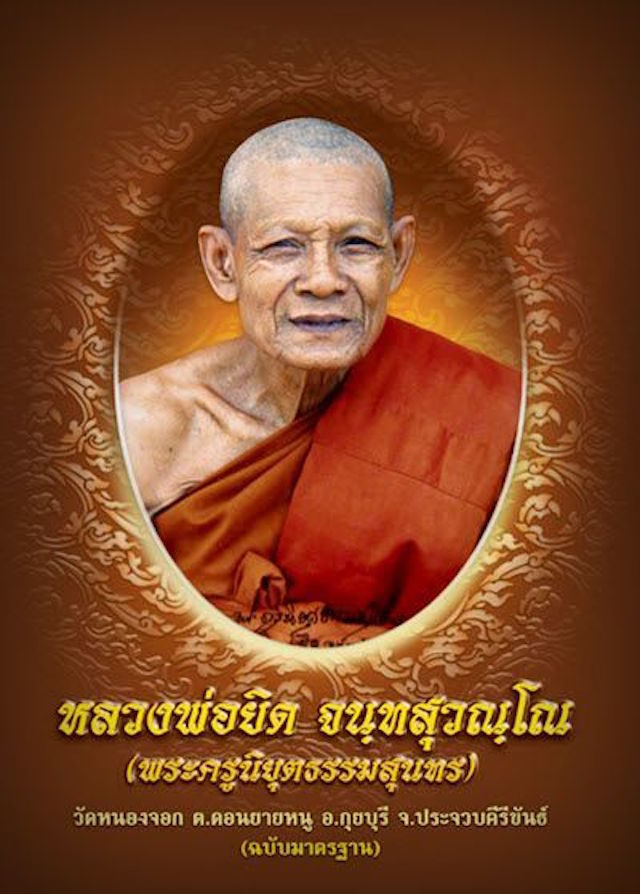“`html
Luang Phu Kaew: Complete Guide to Thailand’s Legendary 103-Year-Old Buddhist Master and Sacred Amulet Creator
Introduction to Luang Phu Kaew’s Spiritual Legacy
Luang Phu Kaew (alternatively romanized as Luang Phu Gaew or Luang Phu Kaew Gay Saa Roh) stands as one of Thailand’s most venerated Buddhist masters in documented spiritual history. Religious scholars and Buddhist practitioners consistently recognize him as a transformative figure who significantly influenced Thai monastic traditions and sacred amulet craftsmanship over his remarkable 103-year lifespan.
Historical Background and Temple Associations
Connection to Wat Lahan Rai Temple
Research into Thai Buddhist lineages reveals that Luang Phu Kaew maintained close spiritual ties with Wat Lahan Rai, a temple historically renowned for producing distinguished monks. Most notably, the legendary Luang Phor Tim regarded Luang Phu Kaew as his respected junior Dharma brother. Documentation from temple records indicates their relationship was characterized by profound mutual respect and collaborative spiritual practice.
Furthermore, historical accounts demonstrate that Luang Phor Tim frequently insisted on Luang Phu Kaew’s participation during sacred amulet consecration ceremonies. This collaboration pattern underscores the exceptional trust and spiritual recognition between these two masters.
Early Life and Spiritual Transformation
From “Snake Kaew” to Revered Master
Before his monastic ordination, historical records indicate that Luang Phu Kaew was known by the epithet “Snake Kaew,” operating as a notable bandit leader. Contemporary accounts describe his exceptional skills in traditional martial arts and his renowned charm abilities, evidenced by his harmonious relationships with multiple wives during that period.
However, experts in Thai Buddhist transformation narratives emphasize that his eventual renunciation of secular life represents one of the most dramatic spiritual conversions in Thai monastic history. Consequently, he channeled his extensive knowledge of rare materials and traditional practices into creating highly revered sacred objects.


Sacred Amulet Craftsmanship and Spiritual Practices
Expertise in Protective Amulets and Talismans


Religious artifact specialists confirm that Luang Phu Kaew’s sacred objects, particularly those incorporating rare materials collected throughout his extensive travels, are sought after for their documented spiritual potency. Research into his methodologies reveals his particular expertise in combining elephant oil and tiger oil to create protective tattoos and amulets.
Moreover, devotee testimonials consistently report miraculous protection experiences attributed to his amulets. These accounts include documented incidents where fires were reportedly extinguished through his prayers, and cases where amulet wearers survived dangerous encounters unharmed.
Unique “Kintamani” Sacred Powders
In his later years at Wat Nong Paen in Rayong province, Luang Phu Kaew became renowned for developing his distinctive “Kintamani” sacred powders. Expert analysis reveals these compositions contained extremely rare, precious ingredients inscribed with Buddhist scriptures and processed through specialized techniques.
Collectors and religious artifact experts confirm that such sacred objects are considered invaluable treasures, rarely appearing in public markets due to their exceptional rarity and cherished status among practitioners.
Key Contributions to Thai Buddhism
Metta Maha Niyom (Loving-Kindness) Rituals
Buddhist scholars recognize Luang Phu Kaew’s exceptional expertise in Metta Maha Niyom (loving-kindness charm) rituals as foundational to modern Thai Buddhist practices. His innovative approaches to these ceremonies significantly influenced contemporary sacred amulet traditions throughout Thailand.
Additionally, religious historians note his instrumental role in developing systematic approaches to amulet consecration that continue to influence modern Buddhist masters.
Legacy and Contemporary Recognition
Spiritual Lineage and Modern Influence
While Luang Phu Kaew’s fame may not surpass that of his renowned Dharma brother Luang Phor Tim, religious scholars emphasize that each artifact attributed to him holds profound significance among devotees and collectors worldwide. His spiritual teachings and methodologies continue inspiring contemporary Buddhist practitioners.
Furthermore, his life story represents a powerful example of spiritual transformation—demonstrating how individuals can transcend their past and achieve extraordinary spiritual accomplishment through dedicated Buddhist practice.
FAQ About Luang Phu Kaew
| Question | Answer |
|---|---|
| How is Luang Phu Kaew’s name properly romanized for international searches? | The most commonly accepted romanizations are “Luang Phu Kaew” and “Luang Phu Gaew,” with both variations widely recognized in Singapore and global Buddhist communities. |
| What makes Luang Phu Kaew’s amulets particularly valuable? | Experts cite their rarity, the master’s legendary 103-year lifespan, his unique material combinations (especially elephant and tiger oils), and documented testimonials of protective experiences among wearers. |
| Where can authentic artifacts from Luang Phu Kaew be found? | Due to their extreme rarity and cherished status, authentic pieces rarely appear in public markets and are primarily held by serious collectors and devoted practitioners. |
Key Takeaways
Luang Phu Kaew’s legacy embodies the transformative power of Buddhist practice, demonstrating how dedicated spiritual commitment can create lasting positive impact. His contributions to Thai Buddhist amulet traditions, combined with his remarkable personal transformation and exceptional longevity, establish him as a truly legendary figure in Southeast Asian spiritual history.
His influence extends beyond personal achievement to encompass significant contributions to Buddhist ritual practices, sacred object creation, and the preservation of traditional Thai spiritual knowledge for future generations.
“`
